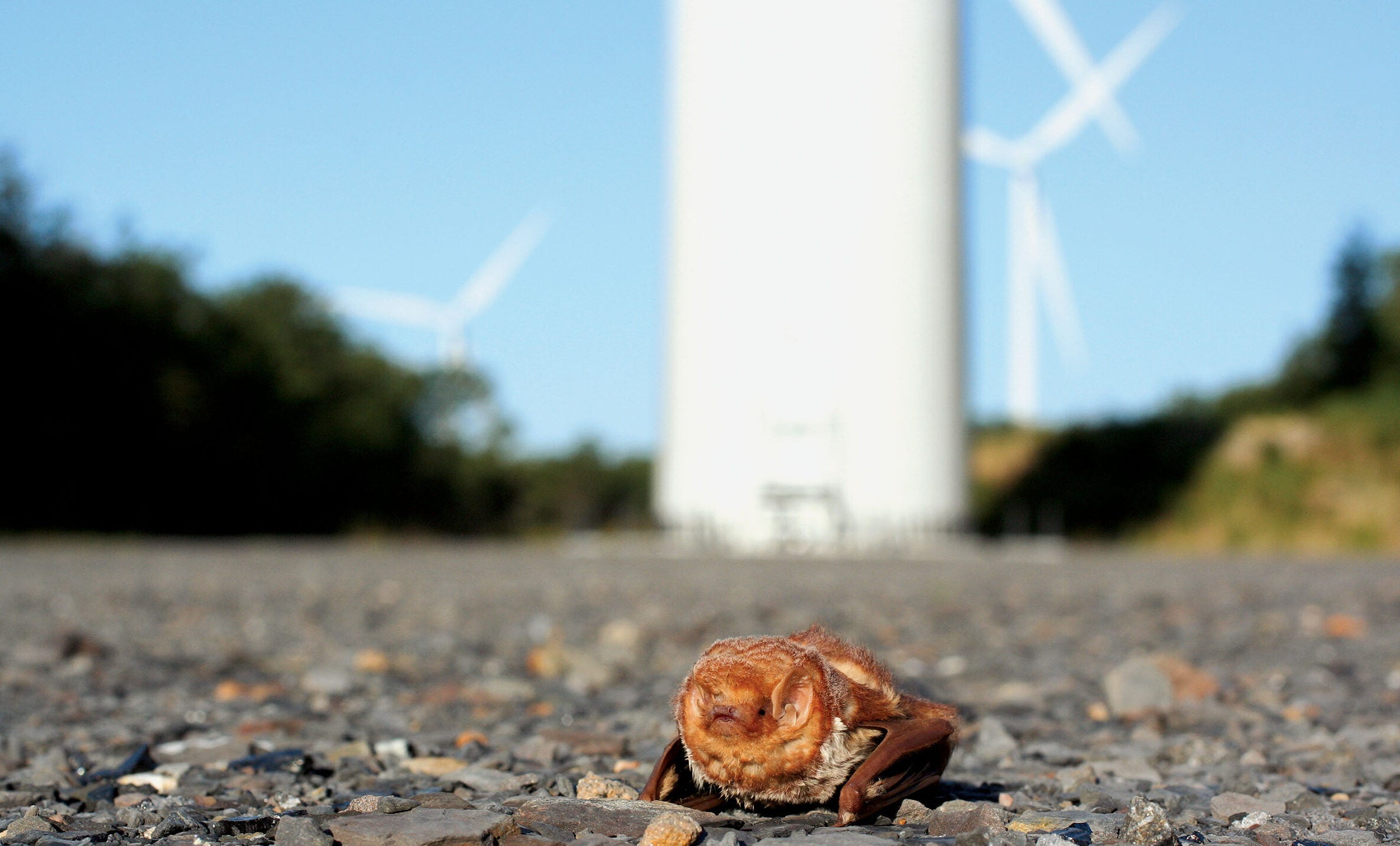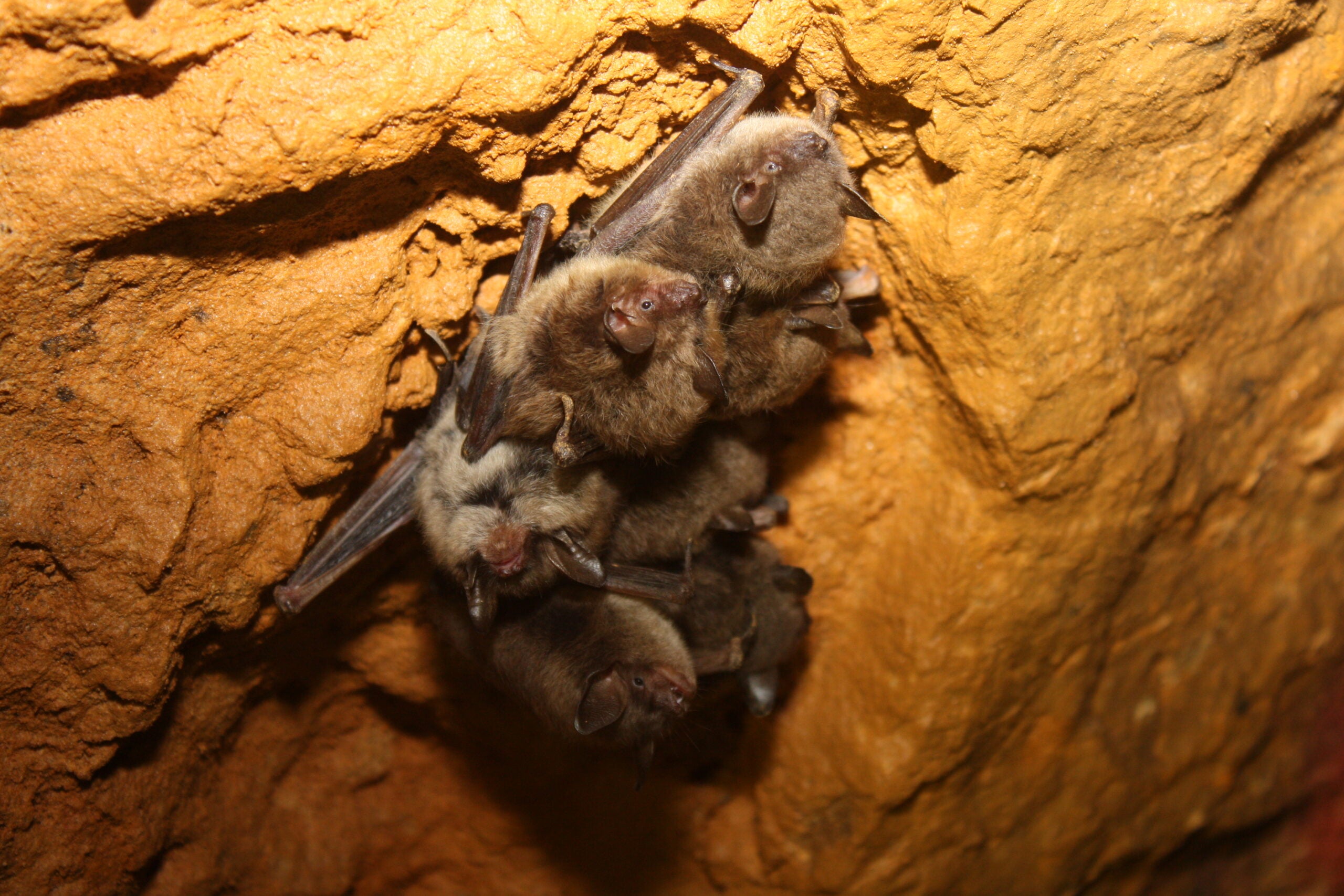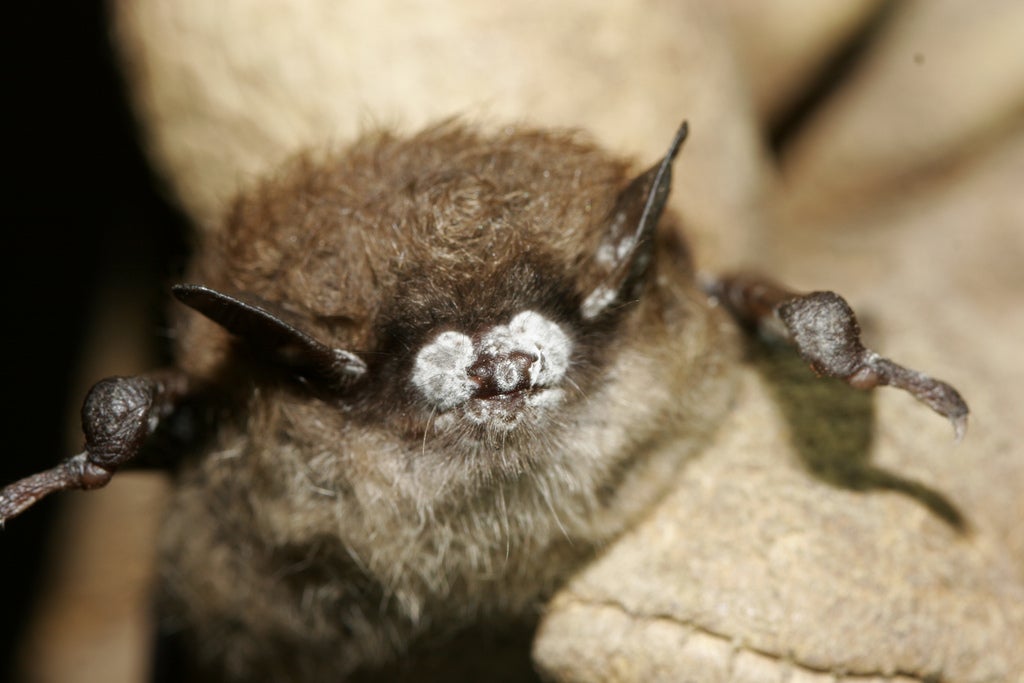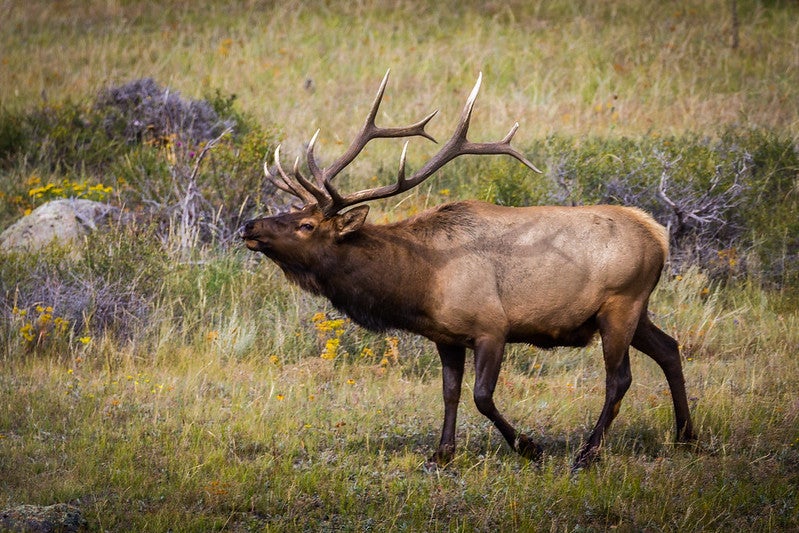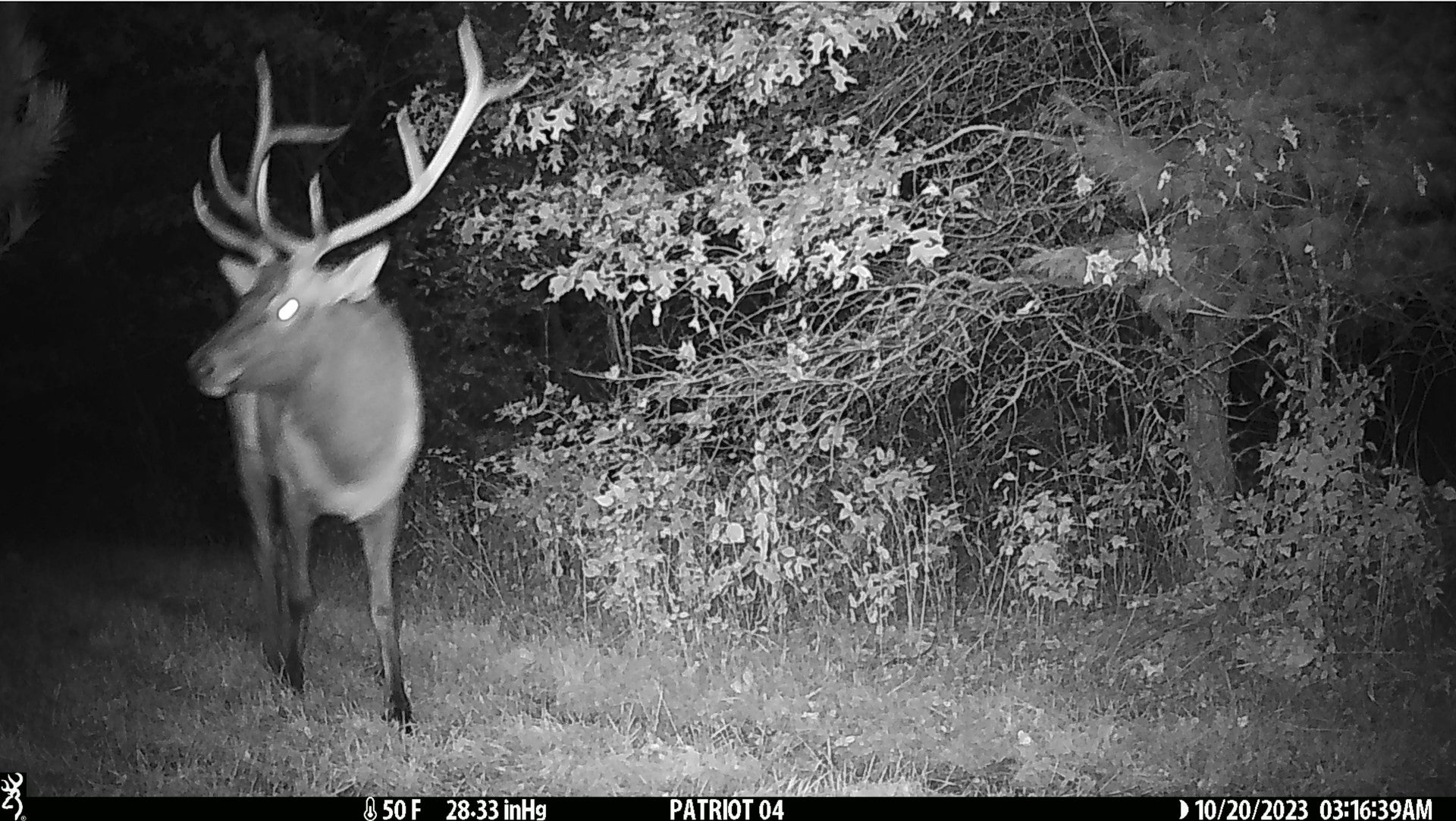White-Nose Syndrome; Jackson County Elk Reintroduction
Featured in this Show
-
Researchers are asking people who like to explore caves or mines in Wisconsin to take precautions to prevent the spread of white-nose syndrome which has killed millions of bats in the eastern United States.
The Wisconsin Department of Natural Resources says the fungus that causes white-nose syndrome has been found in 14 locations in eight counties—most in southwestern Wisconsin. Last year, the fungus, which originated in Europe, and has spread to the Midwest from the eastern U.S., was detected in just one location in Wisconsin.
There aren’t believed to be any large populations of bats that have died as a result of being infected in Wisconsin, but it often takes two or three years from the detection of the fungus until it affects bats according to Owen Boyle, species management section chief with the Wisconsin DNR.
The fungus is believed to be spreading in one of two ways. Either through microscopic fungal spores attached to bats themselves, or through humans exploring caves and mines for recreation.
The DNR is working with cave or mine owners to educate people about what they can do to prevent the spread of the white-nose syndrome-causing fungus. Every cave owner is being asked to develop a prevention plan and share it with people who use the caves.
“That consists of a plan to make sure that folks aren’t using the same clothes, equipment and shoes in multiple caves or mines without detoxifying those clothes and equipment,” said Boyle. “We recommend that folks have dedicated gear, so clothes you wear at one site don’t go to a different site.”
It’s not known what the economic impact could be if millions of bats would die in Wisconsin. Bats help control insects, and a major bat loss could affect farming if insects, which bats normally consume, would start having a negative effect on crops.
UW-Platteville biologist Jeff Huebschman has been studying the bats in the southwestern corner of the state for more than a decade, and he believes humans are beginning to catch on to the importance of bats to the ecosystem.
“It’s sort of a giant ripple effect, if we remove bats or if their numbers decline dramatically how that will affect insect populations, and then how those insect populations may affect other insect or plant populations,” Huebschman said. “We’ve got a lot of unknowns on the horizon. One of the things we can say for certain is there will be an impact, and it could be a very profound impact, as we lose these bats that are consuming tons of insects on a regular basis.”
Huebschman and students have been gathering a strong baseline of data on the bats that live in the Platteville area since 2004. He says that will serve the state well as researchers are able to document the impact of white-nose syndrome on Wisconsin in the future.
-
Jackson County Elk Reintroduction
The Wisconsin Department of Natural Resources brought 26 wild elk from Kentucky to the state forest in Jackson County in March. It’s the first physical sign of progress in at least a 15 year goal of reestablishing an elk herd in Jackson County, but a DNR’s big game official says they are a long way from actually establishing an elk herd of 400 in western Wisconsin.
DNR big game specialist Kevin Wallenfang says the first two months of the Jackson County project have been a “roller coaster ride.” The downside to an otherwise positive process was the death in early May of five of the elk from a tick-bourne illness. The remaining elk are still being monitored in a quarantine pen until June.
“We’re optimistic, but until we actually have a self-sustaining, viable herd there in the county, that’s what we look at as a successful reintroduction effort,” Wallenfang said.
Wisconsin signed a five year agreement with the state of Kentucky to capture and export 150 wild elk. The animals are quarantined for 120 days in both states. Once the elk pass all health tests, they can be released in Wisconsin.
The Jackson County elk herd would become the second in the state. This is the 20th anniversary of the herd being started near Clam Lake in northern Wisconsin. That herd started with a gift of 25 wild elk from the state of Michigan. Right now, there are an estimated 160 elk spread over 1,600 sq. miles over four northern counties, with a goal to grow that herd to 1,400 elk. A couple of harsh winters in the last 20 years slowed the growth at Clam Lake.
Historically, Wisconsin was a home for elk. In the 1800s, 50 of the state’s 72 counties reported elk. A loss of habitat and unregulated hunting led to the elk’s demise.
Episode Credits
- John Gaddo Host
- John Davis Producer
- Owen Boyle Guest
- Jeff Huebschman Guest
- Kevin Wallenfang Guest
- Maureen McCollum Interviewer
Wisconsin Public Radio, © Copyright 2024, Board of Regents of the University of Wisconsin System and Wisconsin Educational Communications Board.

